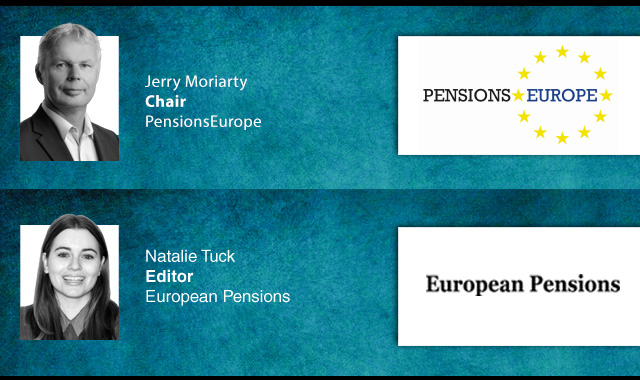The gender pensions gap amongst European Union (EU) countries narrowed by 4 per cent between 2010 and 2018, according to data from Eurostat.
In 2018, the average pension a women in the EU over 65 received was, on average, 30 per cent lower than that of men; this compares to a gap of 34 per cent in 2010.
Although women received lower pensions in all EU member states, the extent of the gap varies widely. The largest difference was observed in Luxembourg, where women aged over 65 received 43 per cent less pension than men. Luxembourg was closely followed by Malta (42 per cent), the Netherlands (40 per cent), Austria (39 per cent), Cyprus (38 per cent) and Germany (37 per cent).
On the other hand, the smallest differences in pension income between women and men were in Estonia (1 per cent), Denmark (7 per cent), Slovakia (8 per cent), Czechia (13 per cent) and Hungary (16 per cent).
The gap has decreased in most member states, the most noticeable being Greece (-12 per cent) Denmark (-11 per cent), Belgium and Slovenia (both -10 per cent) as well as in France (-9 per cent).
In contrast, the gender pension gap increased in seven EU member states since 2010. The most significant increase was observed in Malta (+20 per cent), followed by Latvia (9 per cent) and Croatia (4 per cent), while it remained unchanged in Slovakia.
Eurostat also analysed the proportion of pensioners aged over 65 at risk of poverty in the European Union (EU) in 2018. This stood at 15 per cent, slightly above the figure of 14 per cent in 2017, yet below the risk of poverty of working age population (16-64 years) at almost 17 per cent.
Unlike the gender pension gap, at-risk-of-poverty rate for pensioners has been rising gradually since 2013, when it stood below 13 per cent, bouncing back in 2018 well above the level experienced in 2010 (14 per cent).
In the majority of EU member states, the proportion of pensioners aged over 65 who are deemed to be at risk of poverty lies between 10 per cent and 30 per cent. The four countries with an at-risk-of-poverty rate above 30 per cent in 2018 were Estonia (54 per cent), Latvia (50 per cent), Lithuania (41 per cent) and Bulgaria (30 per cent).
In contrast, the lowest rates in 2018 were recorded in Slovakia (6 per cent), France (8 per cent), Greece (9 per cent), Denmark, Luxembourg and Hungary (all 10 per cent).
Across the EU as a whole between 2010 and 2018, the proportion of female pensioners aged over 65 who were at risk of poverty was around 3-4 percentage points (pp) higher than the rate for male pensioners.
In 2018, the at-risk-of-poverty rate of female pensioners was more than 10 pp higher than the rate of male pensioners in six EU member states: Lithuania (18 pp), Estonia (17 pp), Bulgaria (15 pp), Czechia (13 pp), Latvia and Romania (both 11 pp).
In contrast, three countries had at-risk-of-poverty rates which were higher for male pensioners than for female pensioners: Spain and Malta (both 3 pp) and Italy (1 pp).
Latest News
-
AMF steps up stewardship of Apple and Tesla over workers’ rights concerns
-
UK pension funds not investing enough in unlisted equity, Afolami warns
-
Blog: EU elections – German political parties' stance on pensions
-
Majority of institutional investors turning focus to yield – MPG
-
News in brief: 17 May
-
EU Council agrees on new rules for FASTER initiative
Podcast: Stepping up to the challenge

In the latest European Pensions podcast, Natalie Tuck talks to PensionsEurope chair, Jerry Moriarty, about his new role and the European pension policy agenda
Podcast: The benefits of private equity in pension fund portfolios

The outbreak of the Covid-19 pandemic, in which stock markets have seen increased volatility, combined with global low interest rates has led to alternative asset classes rising in popularity. Private equity is one of the top runners in this category, and for good reason.
In this podcast, Munich Private Equity Partners Managing Director, Christopher Bär, chats to European Pensions Editor, Natalie Tuck, about the benefits private equity investments can bring to pension fund portfolios and the best approach to take.
In this podcast, Munich Private Equity Partners Managing Director, Christopher Bär, chats to European Pensions Editor, Natalie Tuck, about the benefits private equity investments can bring to pension fund portfolios and the best approach to take.
Mitigating risk
BNP Paribas Asset Management’s head of pension solutions, Julien Halfon, discusses equity hedging with Laura Blows
© 2019 Perspective Publishing Privacy & Cookies









Recent Stories